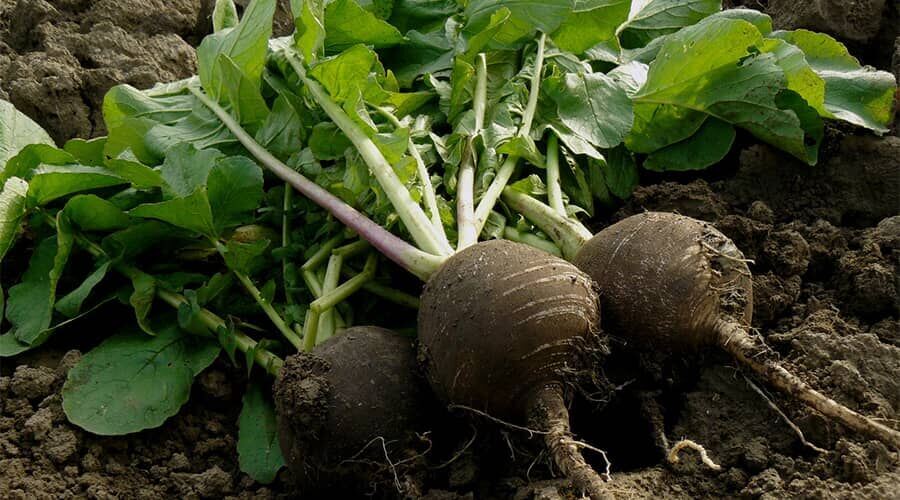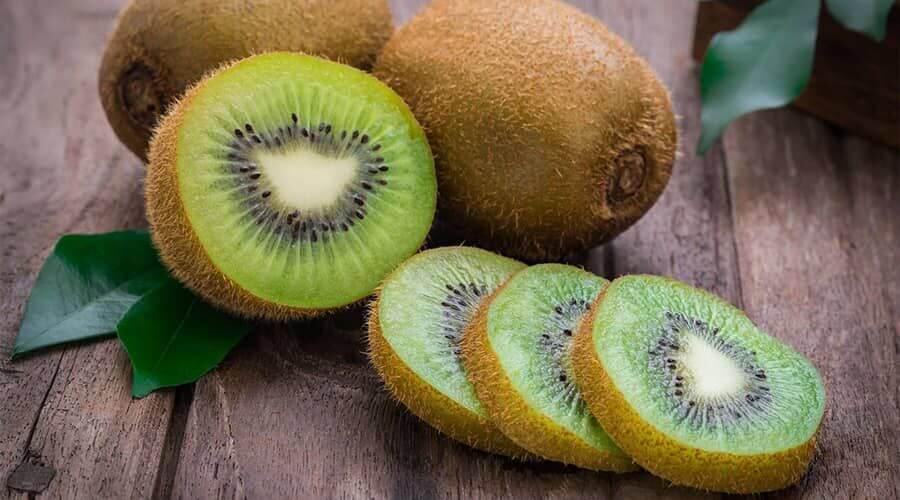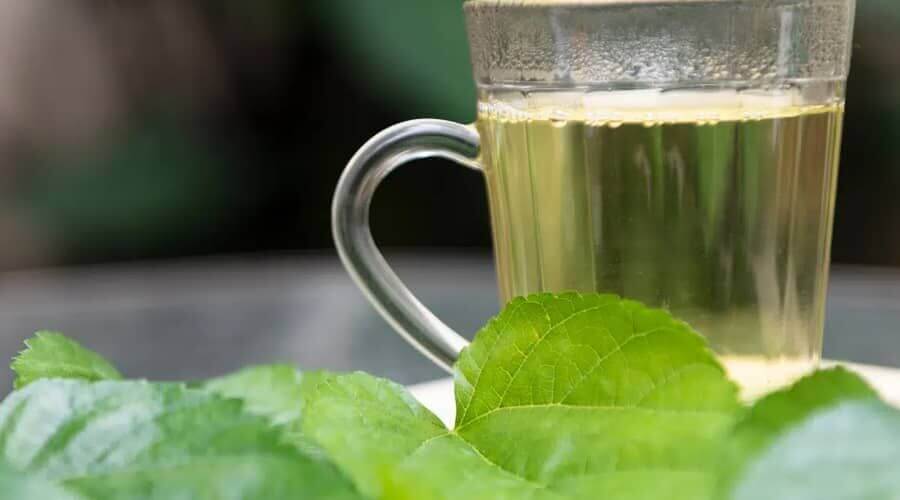
The black radish is a member of the cabbage family.
Although it is similar to a month-old radish, it is slightly larger in size. Its flavour is more pronounced than other radishes, slightly pungent and a little bitter.
Available from late autumn, black radishes are one of the best choices for vitamin supplementation in winter.
Although there is no universal answer to the question of when to eat black radish, it is still recommended to eat it in the winter or autumn. The reason for this is that this is when you have access to freshly picked produce, and also when you need the vitamins and minerals. However, if you’re wondering when to eat radishes, you don’t need to go into too much detail. The answer is simpler than you might think, because as mentioned above, it’s best to eat them when you have access to fresh produce.
It contains high amounts of vitamins A, B, C and E and is also rich in minerals such as iron, calcium, magnesium, zinc, phosphorus, zinc, sulphur, selenium and manganese.
Benefits of black radish
Black radish also has a positive effect on digestion and the liver. It stimulates the gallbladder, thus preventing the formation of gallstones. Grate one black radish a day, squeeze the juice well and eat a tablespoon after a main meal. Among the medicinal properties of black radish is that it is also a natural diuretic and detoxifier. The compounds found in black radish have a positive effect on the thyroid gland, so regular consumption can help you avoid thyroid-related diseases. But the benefits of black radish don’t end there. One of the most important questions you may have about this vegetable is: when should you eat black radish? Black radish juice can be one of the best medicines during a cold.
Black radish with honey
Just cut off the top, scrape out the inside with a small spoon, then place 2-3 tablespoons of honey in the cavity. You can use the cut top to cover the radishes. Leave to stand overnight, then pour the resulting juice into a jar. It can be consumed anytime as it has no side effects. Of course, it can be used in other ways, so it is not uncommon to use grated black radish. Black radish can be eaten raw on its own, as a salad or as a smoothie ingredient.
But the medicinal benefits of black radish do not end there. One of its beneficial properties is that it activates and regenerates liver cells. It helps to detoxify and cleanse the liver. It reduces gallbladder inflammation and purifies the blood.
In addition, the beneficial effects of black radish include stimulating the secretion of gastric juices, which is important for proper digestion, good metabolism and effective detoxification of the body. It has been used for its antibacterial properties against indigestion, bloating, intestinal gas and acid reflux.
Because of the compound found in black radish, it helps to balance the overactive thyroid.
Eating black radish can be very beneficial for us. Due to its high fibre content, it has a mild laxative and tonic effect. It can also be very good against constipation. It is also usually eaten raw, salted or sliced. It is very good as a salad ingredient, but can also be eaten cooked. Thanks to its antiviral properties, it helps fight the flu. Black radish is a natural diuretic, helps detoxify the body and is a great support for the urinary system. Black radish helps stimulate the secretion of gastric juices, which is important for proper digestion.
It has a great antibacterial effect and helps to kill pathogens.
It is a very good cough suppressant and expectorant. Just peel a medium-sized black radish and grate it. Squeeze out the juice, then mix 1 tablespoon of honey with the squeezed juice of half a lemon. It can be eaten several times a day until the symptoms subside.
Black radish has been used for centuries to cure coughs, flu, sore throats and colds. Among the adverse effects of black radish is that if you have liver or bile disease, black radish can only aggravate it, so excessive consumption is not recommended.



















